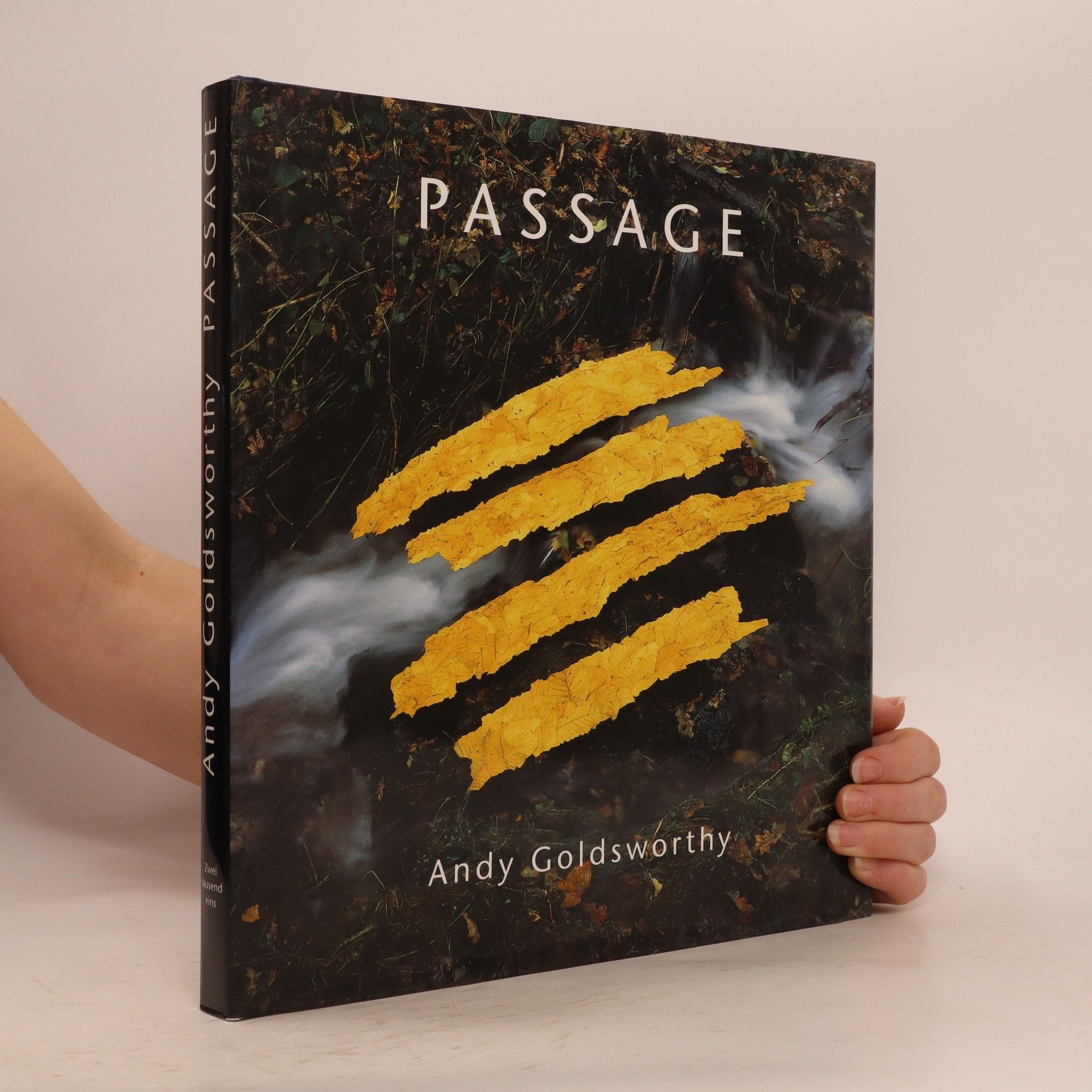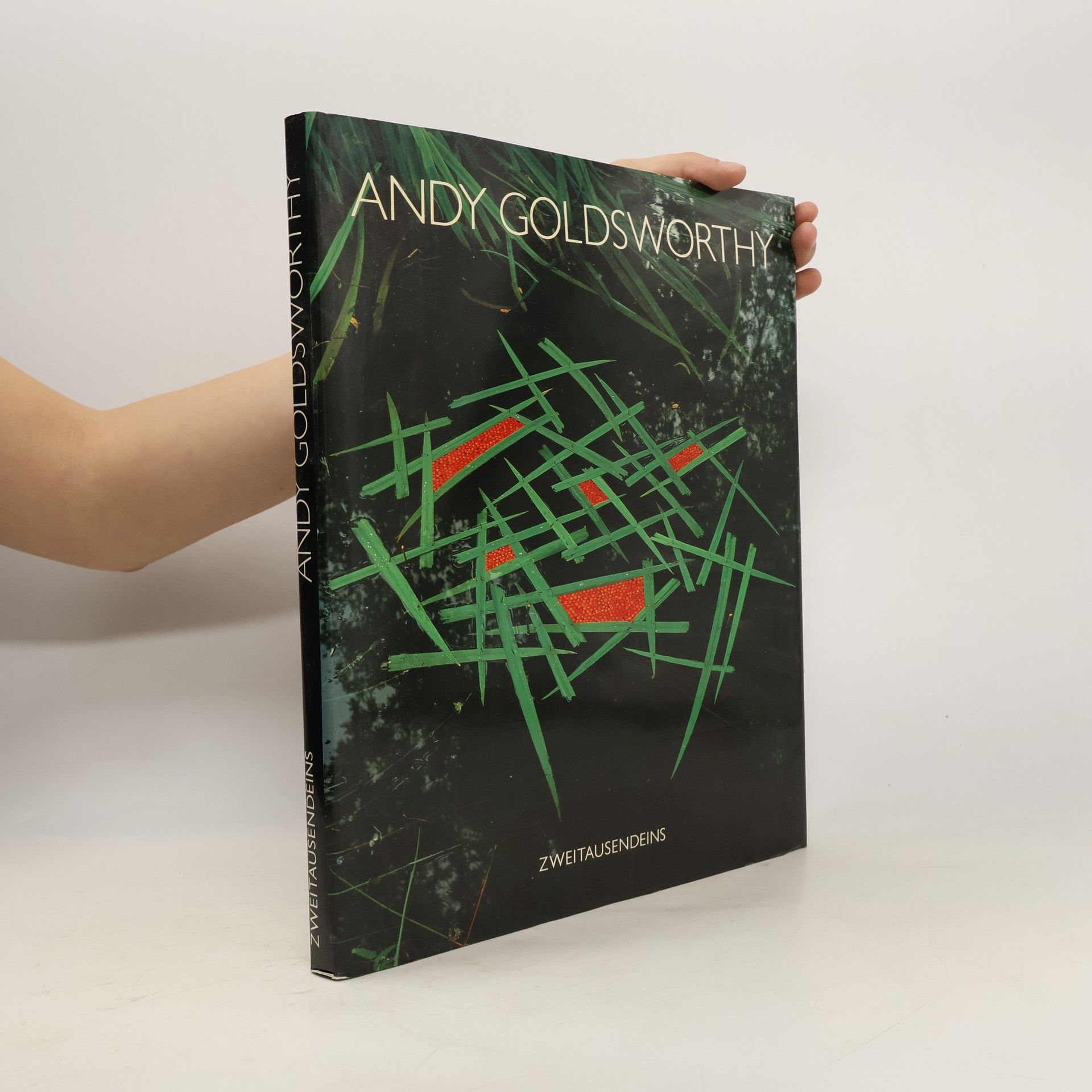Time, always an element in the work of Andy Goldsworthy, both as a medium and as a metaphor, is celebrated in this book. The text is comprised of Goldsworthy's own diaries.
Andy Goldsworthy Livres
Andy Goldsworthy est un artiste britannique dont l'œuvre est intrinsèquement liée à la nature et au paysage. Il crée des sculptures in situ utilisant des matériaux naturels et trouvés, donnant naissance à des pièces à la fois temporaires et permanentes qui soulignent le caractère de leur environnement. Son art explore la relation entre la création humaine et le monde naturel, où la fugacité devient une forme de beauté. Les créations de Goldsworthy invitent à une appréciation plus profonde du monde naturel et de ses merveilles éphémères.
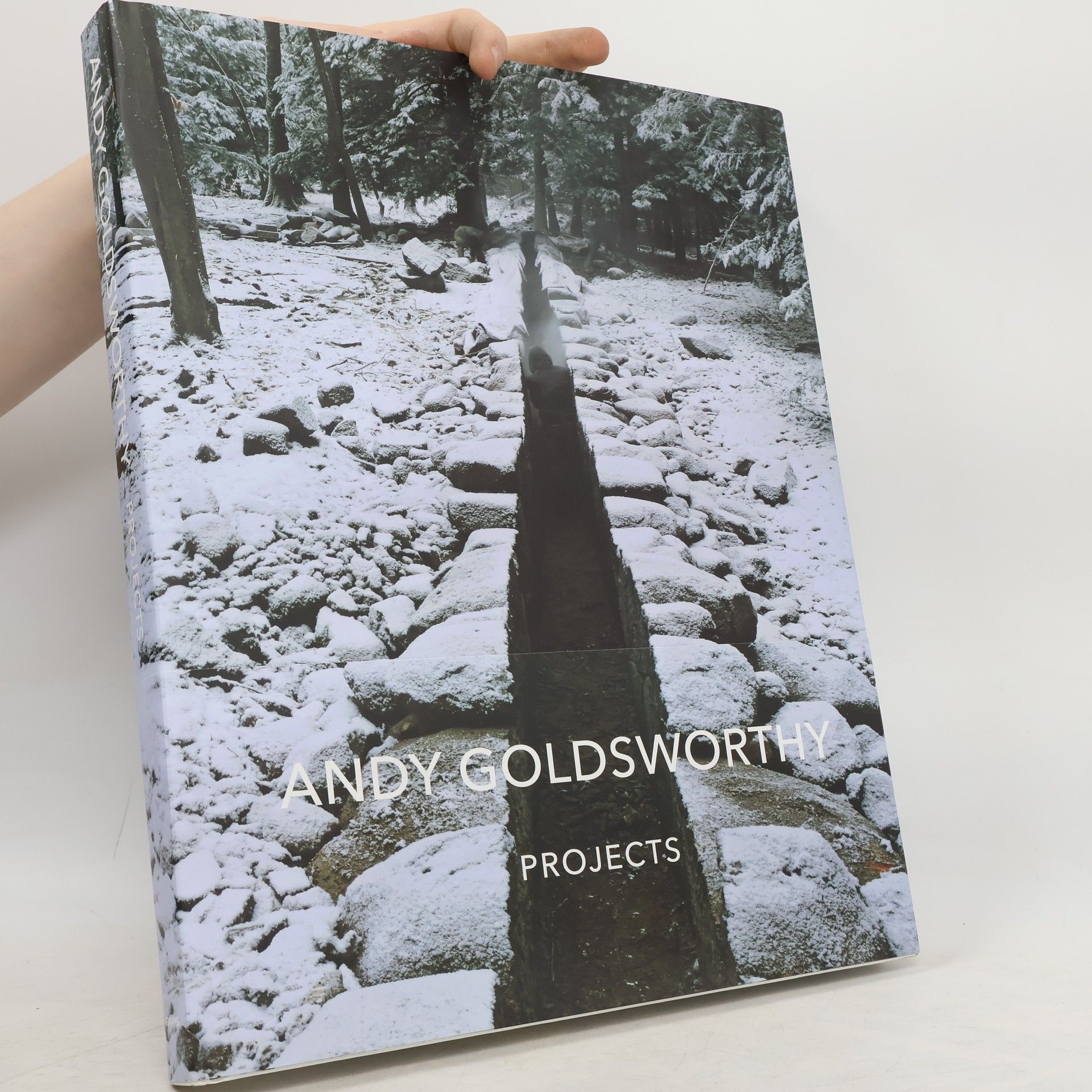
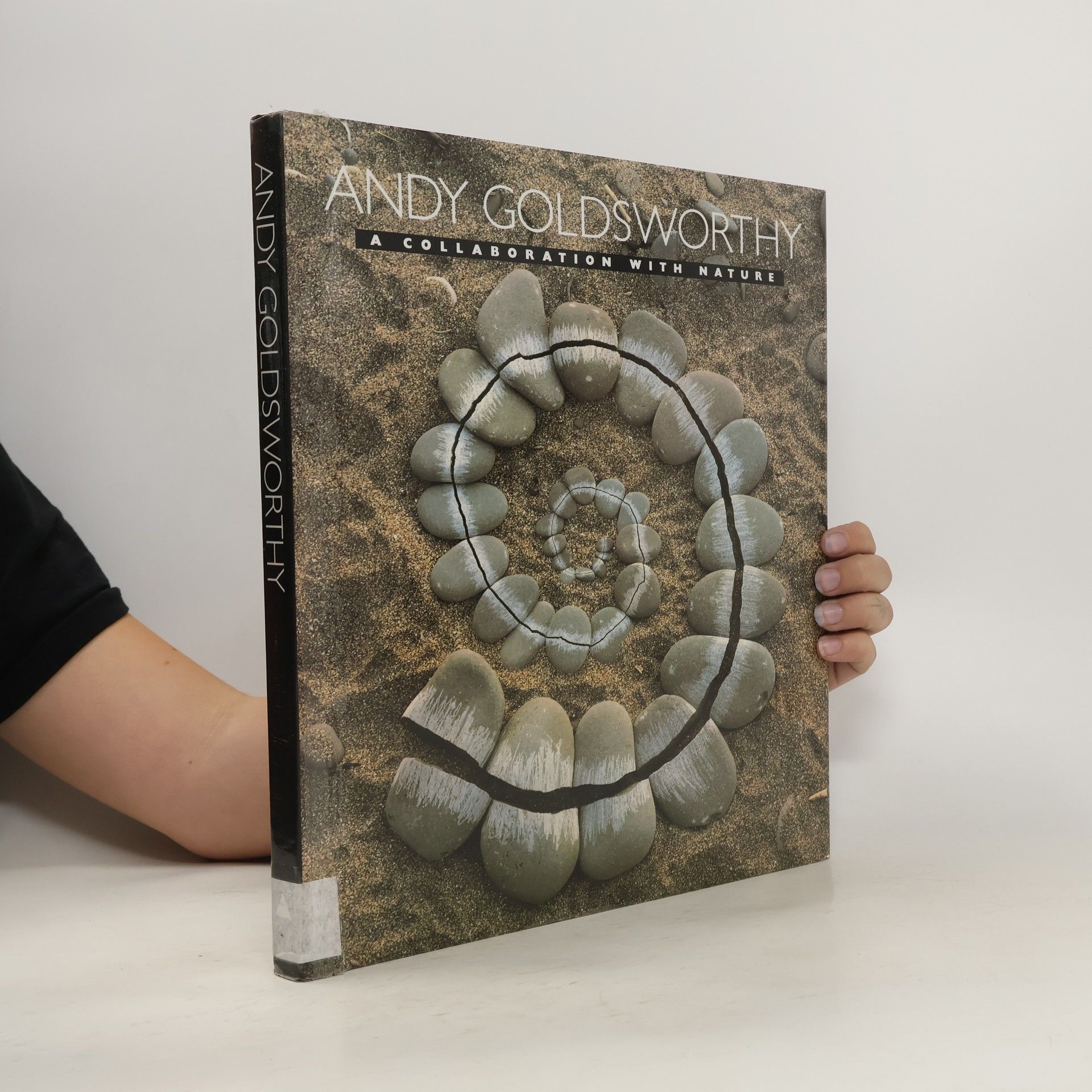


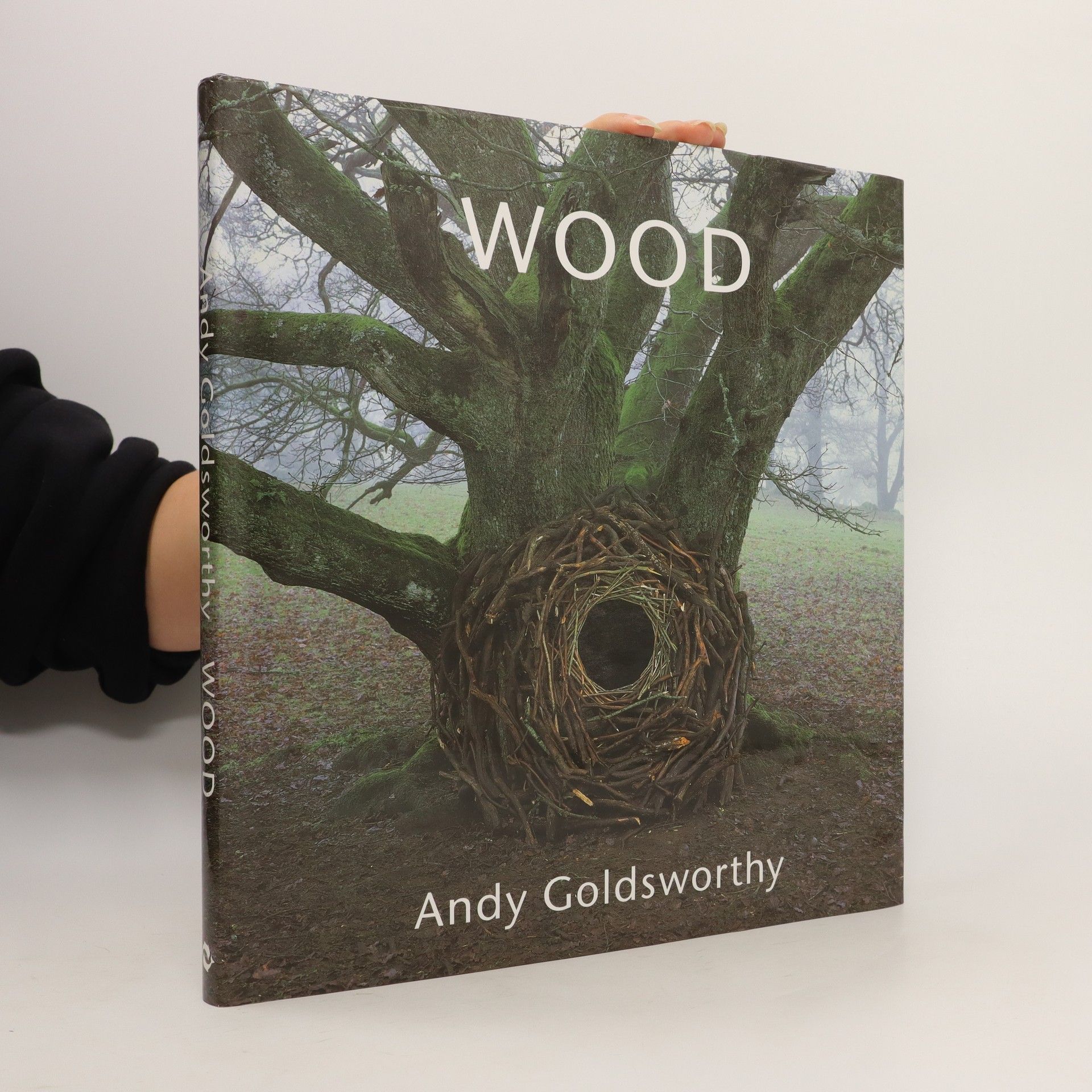
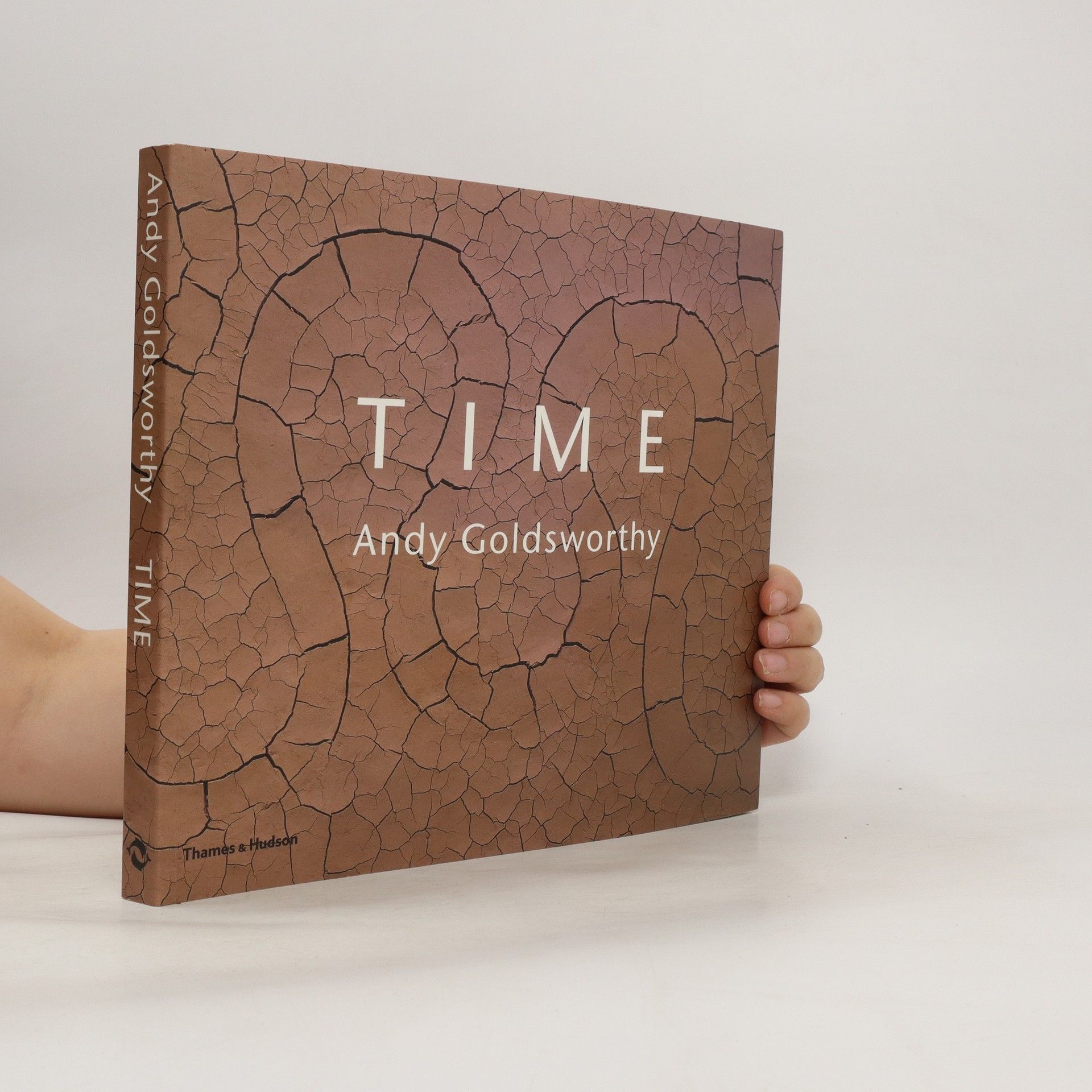
Offers a compelling look at the essence of wood as the author has come to know it through his sculpture. Expanding upon the themes and preoccupations explored in his previous books, he evokes ideas of growth, perpetual change and transformation through works made of leaves, branches, ice, snow, boulders and sand
Since 1995, Andy Goldsworthy has created a series of artworks in Northwest England in stone enclosures found across the countryside that have been used for assembling, sheltering, and washing sheep for hundreds of years. After working on and off for more than a decade, he completed thirty-five folds, often rebuilding them in the process; many of them can now once again serve their intended purpose. These form the core of Enclosure : they reflect Goldsworthy’s lifelong interest in the land, its history, and the people who work on it. They are accompanied by a rich collection of ephemeral work related in various ways to sheep, including a spectacular series of large sheep paintings—paintings made by the hoof-prints of sheep.Enclosure , which joins the sublime tradition of the art and literature of the landscape of the British Isles, is an exciting addition to the series of eight bestselling books that Goldsworthy has already produced for Abrams.
Arch
- 80pages
- 3 heures de lecture
In this study, Andy Goldsworthy traces the route along which sheep were once driven from Scotland over the border to markets in the north of England. A red sandstone arch, made of blocks hewn from a Scottish quarry, begins its journey in a dilapidated stone sheepfold deep in the hills of south-west Scotland. From there it progresses south, constructed early in the morning and dismantled in the evening in a rich variety of locations: on the site of a vanished stone sheep pen in a town centre, on land high above a six-lane motorway, and half-in and half-out of a stream running through lush pastureland.
Illustrates outdoor sculptures created with a range of natural materials, including snow, ice, leaves, rock, clay, stones, feathers, and twigs
Andy Goldsworthy : projects
- 367pages
- 13 heures de lecture
Includes an interview with the artist by Tina Fiske.
Der neue Kunstband von Andy Goldsworthy zeigt seine Hingabe an die Natur und hat sich als Kultstatus etabliert. Goldsworthy, ein Künstler von Weltrang, schafft Kunstwerke mit und in der Natur. Sein aktuelles Thema ist der Weg, den Menschen, Flüsse und Landschaften in Raum und Zeit zurücklegen. In einer Serie von Arbeiten in der Nähe seiner schottischen Heimat nutzt er leuchtend gelbe und warme braune Ulmenblätter sowie kahle Äste, um kraftvolle Schönheit und Vergänglichkeit auszudrücken. Seine Arbeiten an Flüssen und am Meer, die sich mit Strömung und Gezeiten verändern, thematisieren „Fließen“ und „Zeit“. Der Kreidepfad in Sussex entfaltet seinen Zauber im Mondlicht und erkundet, wie Licht und der Übergang von Tag zu Nacht Skulptur und Ort beeinflussen. Zudem dokumentiert das Buch Goldsworthys letzte Auftragsarbeit: einen Garten aus Steinen als Gedenkstätte für das Museum of Jewish Heritage in New York. Das Mahnmal besteht aus achtzehn Steinblöcken, die mit Erde gefüllt und mit kleinen Eichen bepflanzt sind. Das Wachstum dieser Bäume unter schwierigen Bedingungen symbolisiert die Kraft des Überlebens.
Der dritte Goldsworthy: Sommerschnee. Am Tag der Sommersonnenwende wurden kurz nach Mitternacht dreizehn riesige Schneebälle aus einem Kühlwagen abgeladen und an verschiedenen Standorten in der Londoner Innenstadt verteilt. Die Menschen, die am nächsten Morgen aus den U-Bahn-Stationen strömten und aus den Bussen stiegen, sahen sich unverhofft Andy Goldsworthys bisher größtem vergänglichen Werk gegenüber. Die Schneebälle, deren jeder ungefähr eine Tonne wog, waren in den Wintermonaten im schottischen Bergland entstanden und dann in den Süden der Insel transportiert worden, um dort im Sommer. Eingearbeitet in die Schneebälle waren Materialien, die Goldsworthy vorwiegend in der Nähe seines Hauses in Dumfriesshire gefunden hatte: Holunderbeeren, Gerstenähren, Schafwolle, Krähenfedern, biegsame Buchenzweige, Kreide, Flusskiesel. In Hunderten von eindrucksvollen Momentaufnahmen, festgehalten von einem Fotografenteam, das rund um die Uhr gearbeitet hat, dokumentiert dieser Bildband die allmähliche Veränderung der Schneebälle - deren Schmelze zum Teil sechs Tage dauerte - und fängt die vielfältigen Reaktionen der Passanten ein.
